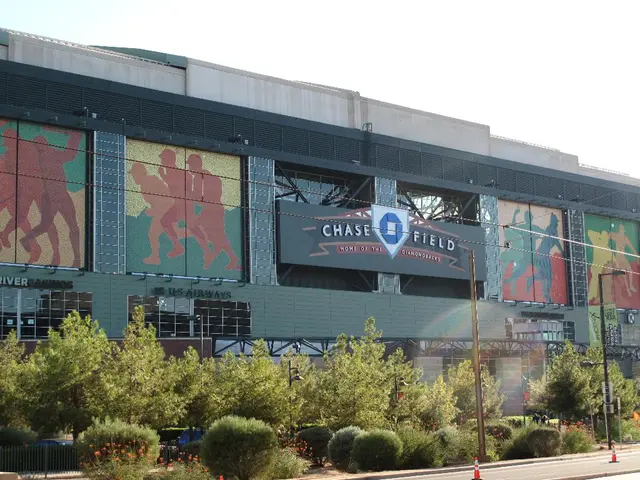Advertising pillars on Kö Street in Dusseldorf evoke memories of Nazi rule
Unveiling of Memorial Pillars on Düsseldorf's Königsallee
In a significant move towards remembering and acknowledging the city's past, three advertising pillars have been erected on Düsseldorf's iconic Königsallee. The unveiling ceremony, attended by Mayor Dr. Stephan Keller, District Mayor Annette Klinke, and various other representatives, marked a public acknowledgment of Düsseldorf's role during the Nazi era.
These pillars will serve as a lasting invitation to reflect on the history of the Königsallee during this dark period. Let's delve into the stories each pillar represents.
The First Pillar
The first pillar focuses on the history of the beginning of the Königsallee and the west side, up to house number 57. It sheds light on the experiences of art dealer Max Stern and Oskar Manes, the then-chairman of the Düsseldorf Retail Association. During the Nazi era, established art galleries were pressured not to sell "degenerate art" on the Königsallee. Jewish shops and galleries were systematically boycotted and "aryanized," reflecting the widespread expropriation that occurred in such prime urban areas during the Nazi era.
The Second Pillar
The second pillar describes the middle part of the Königsallee and the east side with its shops, practices, and cafés. This section of the street, during the Nazi era, was used by the Düsseldorf NSDAP leadership to project an image of a solidary and classless "Volksgemeinschaft." However, beneath the surface, one can trace the effects of discriminatory "racial laws," as medical practices and law firms on the Königsallee changed ownership due to these policies.
The Third Pillar
The third pillar, located at the end of the Königsallee, Graf-Adolf-Platz, focuses on the stories around the "Bergischer Löwe" and the aftermath of World War II. This pillar serves as a poignant reminder of the impact of the war and its aftermath on the city.
These pillars are part of a commitment to face the city's history and the shared responsibility for the present. They will continue to anchor the history of National Socialism in a central place in the cityscape of Düsseldorf, serving as a reminder to consciously deal with the events that occurred over 80 years ago.
For a more comprehensive understanding of the history of Königsallee during the Nazi era, one may refer to Hildegard Jakobs' publication Power and Splendor. This work discusses the transformation of the street within the regime's social, economic, and aesthetic frameworks, although direct excerpts from Jakobs' work specific to Königsallee during the Nazi era could not be found in the search results.
[1] Hildegard Jakobs, Power and Splendor: The Königsallee in Düsseldorf during the Nazi Era (unpublished). [2] Scholarly literature on the subject of art, culture, and Nazi policies may provide additional context, but not focused on Königsallee or Jakobs' book content. [3] Archival research and academic reviews of Hildegard Jakobs' work would be necessary for a fuller understanding of her detailed historical analysis.
- In light of the general-news events during the Nazi era, the first pillar on Düsseldorf's Königsallee highlights the experiences of art dealer Max Stern and Oskar Manes, who were subjected to boycotts and "aryanization" as Jewish shop owners on the Königsallee.
- The second pillar of the memorial pillars on Düsseldorf's Königsallee sheds light on the impact of discriminatory "racial laws" on medical practices and law firms during the Nazi era, concealed beneath the public projection of solidarity on the street by the Düsseldorf NSDAP leadership.







